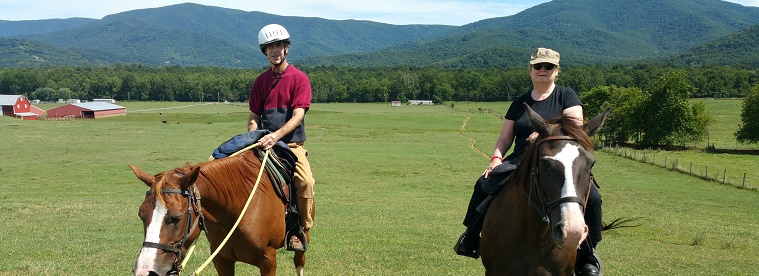Cathy Kalimon comes from a family with a strong medical background. Her father was a physician, and Cathy herself spent more than 20 years as an ophthalmic technician. Having this background has always made Cathy aware of the importance of listening to her body and paying attention when certain medications were prescribed — such as narcotics, which always gave her bad reactions.
That’s why, when Cathy was diagnosed with breast cancer in December 2015, the thought of having to take narcotics again was one of her primary concerns.
“I developed uterine cancer in 2013 and asked for no narcotics, but for some reason, I received narcotics with anesthesia anyway,” she said. The second day after the surgery, Cathy continued to be ill. Knowing that Cathy historically reacted poorly to narcotics, her sisters stepped in to question her doctors.
They discovered that Cathy was prescribed oxycodone for post-operative pain management, the source of her prolonged nausea and illness.
Finding a Solution With Dr. Myers
It was with profound relief that when Cathy faced breast cancer surgery in 2016, she discovered a breast cancer specialist willing to listen and respond to her unique needs at MedStar Georgetown University Hospital.
“I am aware that doctors know more than I do — but I also know what happens to me when I get narcotics,” she said. “One of the first things I said to Dr. Tousimis, my breast surgeon, was: ‘Please don’t give me narcotics.’ I couldn’t imagine having my chest opened and then experiencing such terrible nausea afterward.”
Dr. Eleni Tousimis immediately introduced Cathy to anesthesiologist Joseph Myers, MD, who told her about ComfortSafe, a new technique he developed that uses few, if any, narcotics.
ComfortSafe utilizes a pyramid checklist characterized by a variety of medications, such as IV acetaminophen, nerve blocks and local anesthetics, all of which produce fewer side effects. Stronger medications are used only if needed; otherwise, patients receive milder therapies that are narcotic-free.
Cathy’s worries were eased— not only because her doctors and specialists listened, but also because she discovered possible alternatives to traditional narcotic therapy. “I just couldn’t believe that narcotics were the only way to put you out,” she said.
“Dr. Myers told me it was going to be painful, and I said, 'Not as painful as constantly throwing up' — and I was right,” she added. Cathy explained that there is a difference between pain and discomfort and didn’t feel narcotics would relieve “discomfort."
Looking Ahead to Her Renewed Life
Cathy considers herself fortunate because both her uterine and breast cancers were found early, thus negating prescription of radiation or chemotherapy. She advises anyone who gets a cancer diagnosis to ask plenty of questions from their doctors and to source a professional medical site where information is well-researched, accurate and balanced.
“As patients, we’re all different — and someone else’s awful experience was not my experience,” Cathy shared.
Cathy recovered fully from her uterine cancer. Her breast cancer is being treated with an aromatase inhibitor to lessen the chance of recurrence, and she looks forward to a continued good prognosis.
“I’m very lucky,” she said. “I’m not predicting the cancer will never come back — but I’m not worrying about it every day either,” she added.

